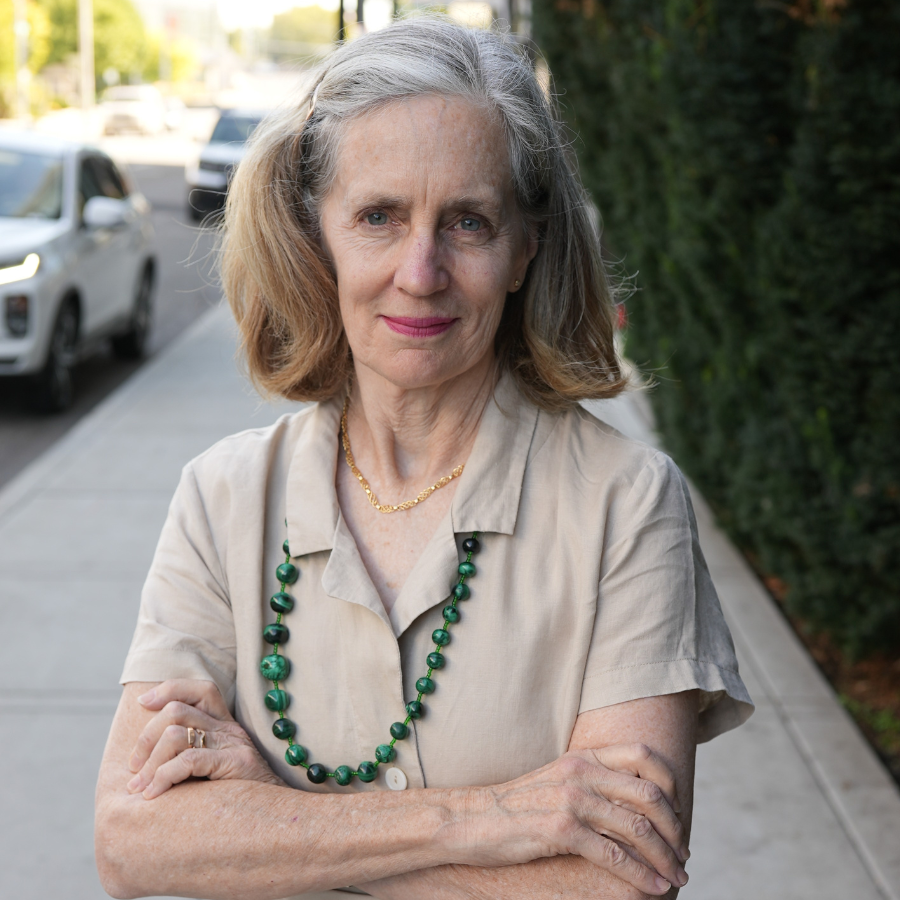Related Articles
The Seattle Times reports that at a recent hearing, state supreme court Chief Justice Fairhurst and justices Stephens, Yu, Wiggins, McCloud and Gonzalez said they were “frustrated” by the legislature’s progress towards funding K-12 schools under the McCleary ruling.
The source of the justices’ frustration is their lack of a clear path toward resolving their ongoing ten-year power struggle with the state legislature. The dilemma is of the justices’ own making. The court is seeking to control the annual budget of a multi-billion dollar public program, something courts are not designed for and which judges are ill-equipped to do.
Instead of issuing a broad ruling on the state’s duty to fund public education and leaving the details to lawmakers, the judges have been trying to micro-manage schools for years, with little success.
At the same time, the court has worked to block expansion of the education program. For example, in September of 2015 the justices tried to close every charter school in the state just days into the new school year. League of Women Voters, Washington Education Association, et al. v. State of Washington, En Banc Opinion, Supreme Court of the State of Washington, September 4, 2015, No. 89714-0.
Legislatures, with their bill drafting, committee process, and public hearings, are well-positioned to decide how much more money schools should get, how it should be spent, and what impact new taxes have on working families in Washington state.
The legislature recently passed the 2017-19 state budget. The graph below, released by the chairman of the Senate Ways and Means Committee, shows the spike in education spending under McCleary, and how this has added to the tax burden of Washington families.

Spending on public education in Washington state has increased by 660% since the 2012 McCleary decision
The graph vividly illustrates why our supreme court justices should be grateful rather than frustrated. This is the greatest increase in school funding in state history. In the current budget school administrators are spending $21.9 billion, or 50 percent of the state budget.
Today, Washington families are providing more money to public schools than ever before, and school district budgets are at record levels. Yet the court has failed to recognize the very real sacrifices working families are making to meet the mandate the judges imposed under McCleary.
By 2019-20 state funding will grow to $12,000 per student. This means that, with local and federal funding, schools in Washington state will be spending on average $15,500 per student, nearly twice the tuition at many private schools. Washington state is now set to rank 5th highest in the nation in public school funding.
Ways and Means Committee chairman John Braun (R-Centralia) reports this is “the greatest K-12 funding infusion in state history.”
Given the massive spike in funding, the judges should stop issuing orders to take more tax money from the people, and respectfully return management of public education to the elected legislature.
If the judges’ purpose was to pour more money into a status quo system, that goal has been achieved. If the policy is to improve the delivery of education services and expand choices for families, that goal is best achieved by the legislature, so that we are not only spending more money, we are spending it in ways that help children.






